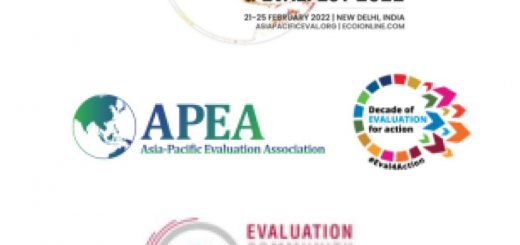World Health Statistics 2022
In the wake of the pandemic, the World Health Statistics 2022 proves crucial to gauge the indicators of the health goals and the after-effects of the COVID-19 pandemic.

WHO declared a public health emergency in the wake of the outbreak of the COVID-19 pandemic in 2020. The pandemic affected the population disproportionally where socio-economic disadvantaged groups bore the larger brunt of the disease. The higher-risk population having comorbidities required more effort to recover from the disease.
The American and European region has seen more death during the pandemic. In terms of the income level of countries, high and upper-middle-income countries contributed to the major share of deaths. However, it also has to be noted that the other countries falling into the bracket of low-income countries may have underreported the death due to a lack of measurement capacities.
WHO facilitated an ambitious target of vaccinating 70 percent of the adult population by mid-2022. However, vaccine supplies have seen discrepancies where the highest vaccination is seen in high-income countries (74 percent) and the lowest is seen in low-middle-income countries (52 percent) and low-income countries (13 percent).
In the wake of the pandemic, the WHO Health Statistics 2022 proves crucial to gauge the indicators of the health goals and the after-effects of the COVID-19 pandemic. This article will analyze some of the key indicators of the report.
Effects of COVID-19 on other health Indicators
Pandemic has seen an indirect impact on the health of children. COVID-19 death was strongly age-dependent where the elderly population and the individual with comorbidities developed the severity of the disease. Child deaths due to COVID-19 were at 0.1 percent globally. As the health resources were directed to battle COVID-19 cases, there was a decrease in access to immunization and nutritional supplements for children.
Similarly, HIV prevention programs had an impact where 17 percent of countries reported that facilities were not at the pre-pandemic level even in the last quarter of 2021. Tuberculosis cases have risen where 10 million cases were reported in 2020 as against 5.8 million in 2019. India, Indonesia, and the Philippines are the worst affected among them. Access to safe Water, Sanitation, and Hygiene (WASH) was reduced as the Official Development Assistance was directed to COVID-19. This declined the share of assistance by 12 percent for water supply and sanitation.
Performance of India
Following are some of the key indicators for analyzing the performance of India in health statistics.
| Indicators | Scores |
| Life Expectancy | 70.8 years |
| The proportion of Birth held by skilled health professionals | 89% |
| Prevalence of Stunting in Children | 30.9% |
| Prevalence of Wasting in Children | 17.3% |
| Prevalence of Anemia in Women | 53% |
| Population using safely managed sanitation services | 46% |
| Prevalence of hypertension among adults | 31.1% |
Following are the statistics of the healthcare workforce density in India per 10,000 population.
| Indicator | Density per 10,000 population |
| Medical Doctors | 7.4 |
| Nursing and Midwifery Personnel | 17.5 |
| Dentists | 1.6 |
| Pharmacists | 8.7 |
The health expenditure by the Indian government was at 3.4 percent of GDP in 2019.
What does WHO recommend to do?
WHO seeks to achieve the universal healthcare motto framed in the WHO constitution in 1946. The constitution declared health as a fundamental right. To get access to this right in the true sense, WHO recommends the following things.
- Strengthening Primary Health care
- Ensuring sustainable financing in the healthcare sector
- Strengthening Health System Capacities
The world has seen the level of capacities needed to ensure the functioning of the healthcare sector effectively. It needs more attention and financing to ensure everyone enjoys the fundamental right to access healthcare facilities.
Read the full report here!


